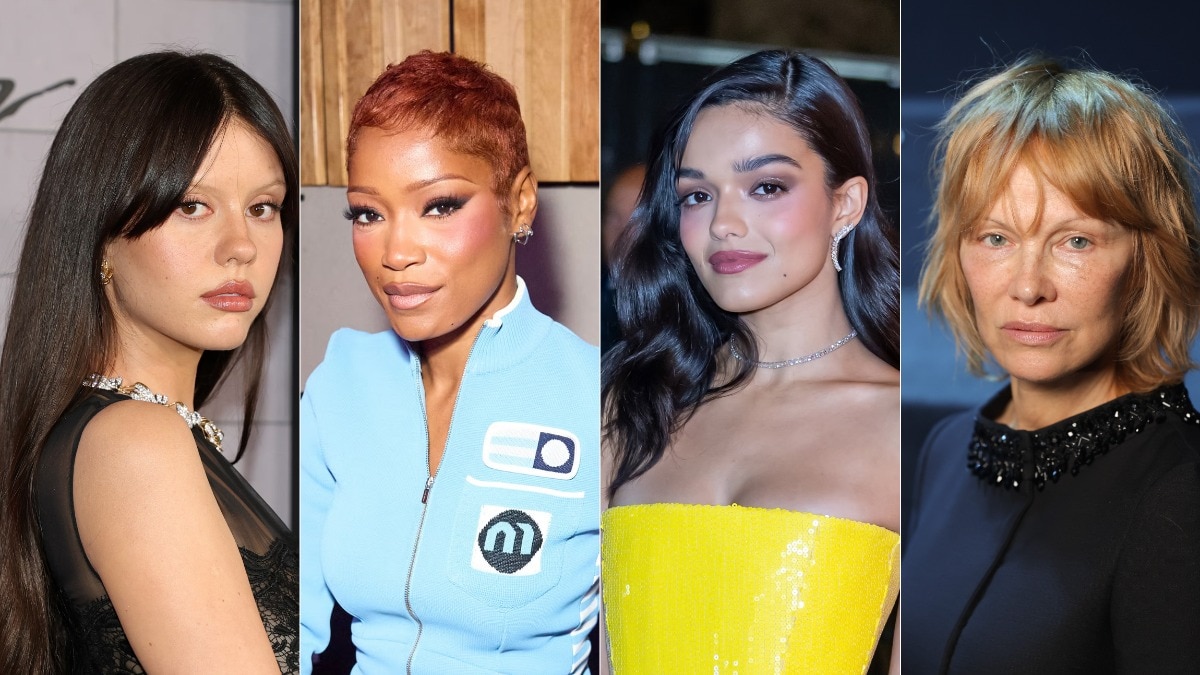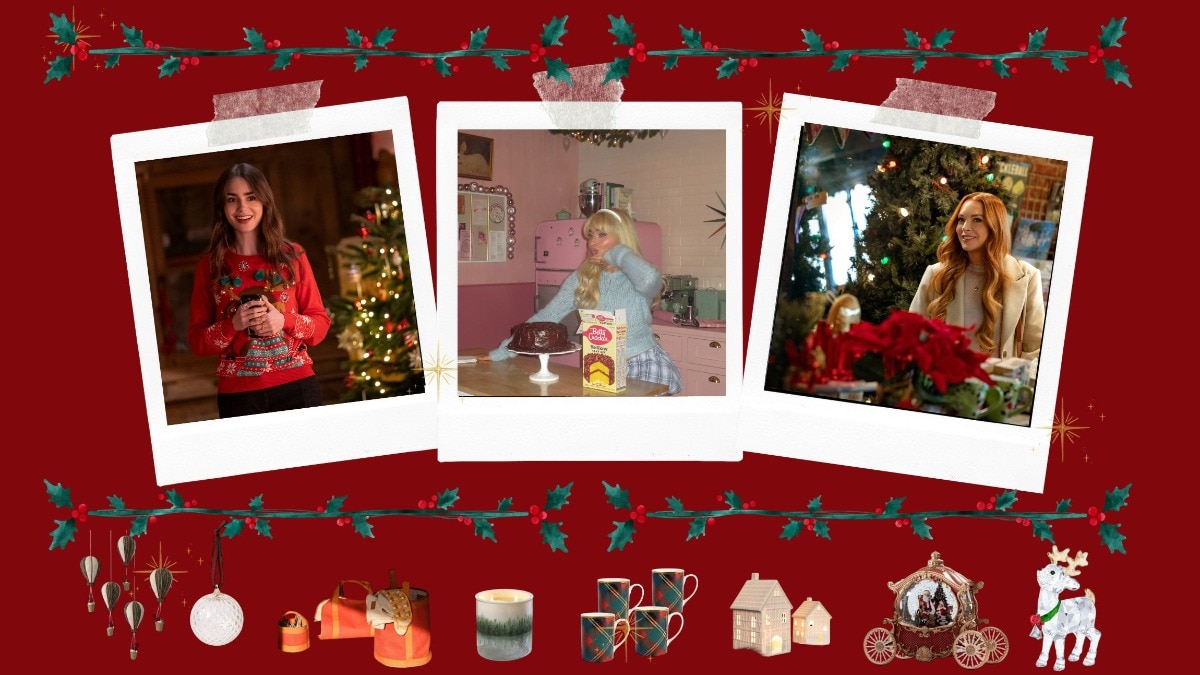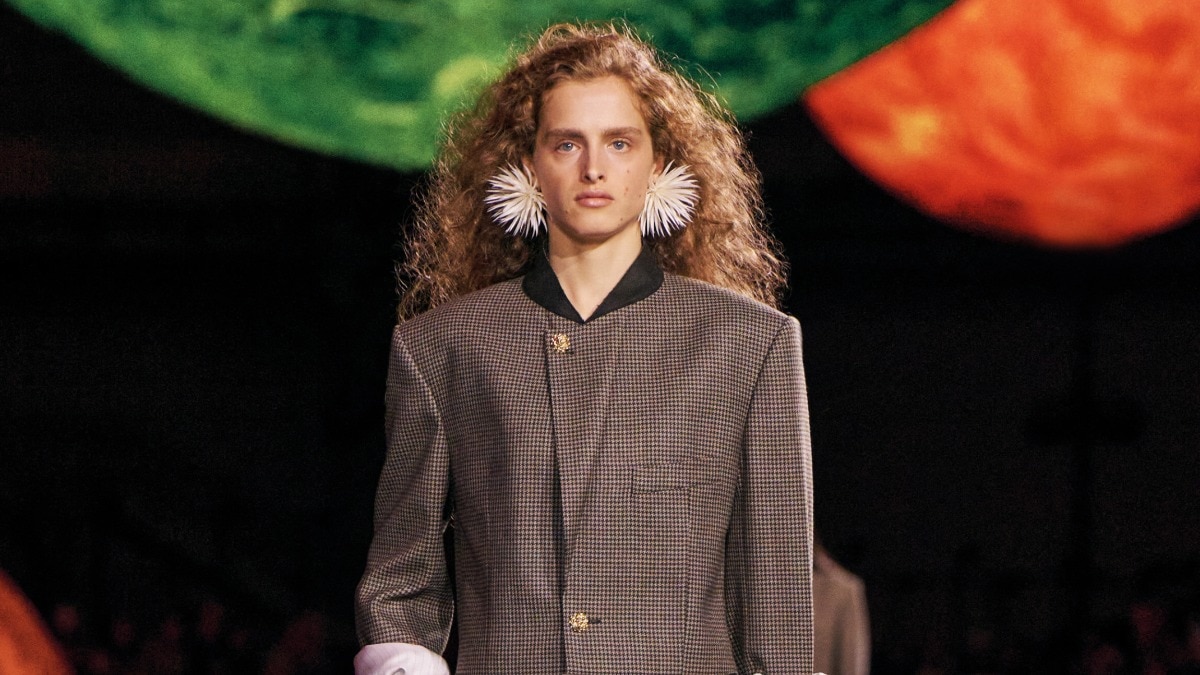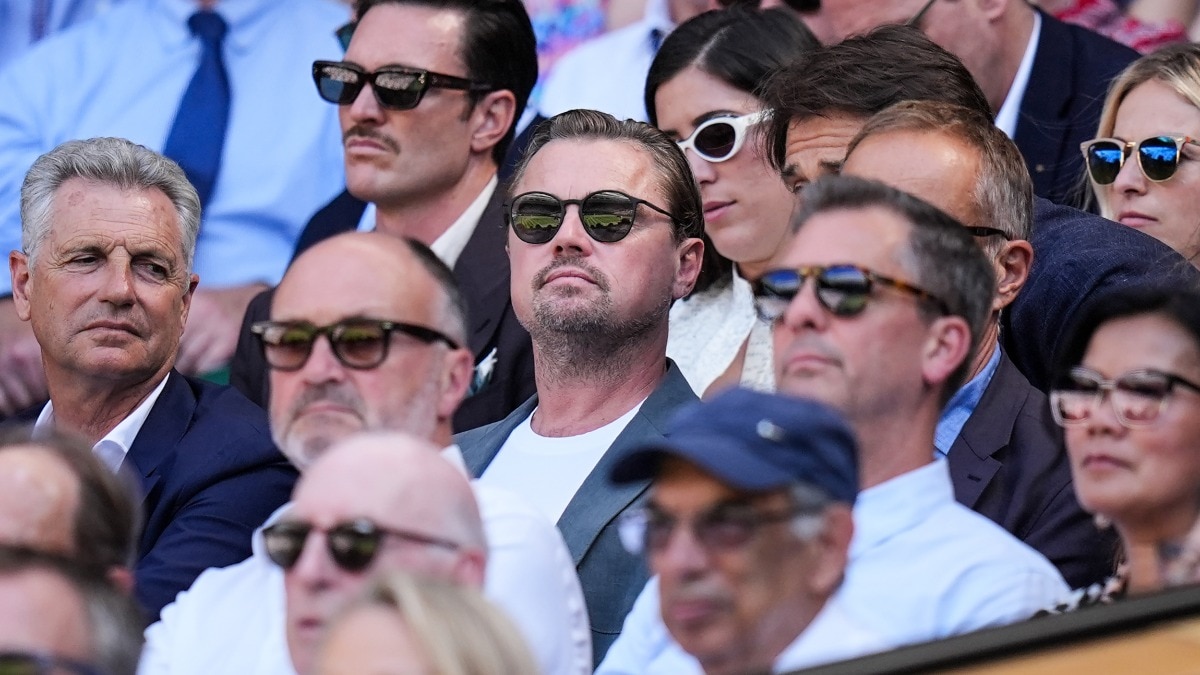
Homegrown beauty brands reveal what goes into creating an iconic product
The Indian beauty landscape is aiming for the moon with products that are always out of stock.


Rare Beauty’s Soft Pinch Liquid Blush. Sol de Janeiro’s Bum Bum Cream. Clinique’s Black Honey. K-18’s Leave-In Molecular Hair Mask. Laneige’s Lip Glowy Balm. Every beauty enthusiast knows this isn’t just a catalogue of merchandise, but a list of beauty products that have gone repeatedly viral everywhere. But since the last few years, this list has been seeing more homegrown names than international ones. Indian beauty consumers have been demanding more from local brands and they’re delivering it. We don’t need to rely on global brands to provide us with top notch formulas and textures anymore. From pearlescent blushes to pH lip oils and holographic eyeliners, India has the best of beauty at its fingertips now.
A video of Indian beauty creator Shweta Vijay Nair using Diam Beauty’s viral Glass Tint Balm sold it to me. Jhalak Shah Ajbani, the founder of Diam Beauty, reveals that this product completely sold out within just two months of its launch. The Indian beauty community is obsessed with its unique three-in-one formulation, which acts as a lip balm, plumper, and gloss all in one. “The Glass Tint Balm performs as a dupe for internationally coveted products that aren’t available in India for a fraction of the cost,” explains Shah Ajbani, who didn’t expect this level of popularity. Similarly, Juicy Chemistry’s Lip and Cheek Crayons, under the Color Chemistry range, saw a 400 per cent increase in sales after just four months post launch. “It took us four attempts to ace the formula because we were determined to create a vegan, ultra-matte product that delivered a rich colour payoff without compromising on comfort and wear,” says Pritesh Asher, co-founder of Juicy Chemistry. Both of these products in their multiple shades have been out of stock numerous times because the internet cannot seem to get enough of it.
The magic of massive popularity on the internet is that it’s entirely unpredictable. A blend of what’s trending in the beauty landscape along with consumer values and a dash of luck is what it takes. Karishma Kewalramani, the founder and CEO of FAE Beauty, tells us that their Lip Whip Liquid Lipsticks had its viral moment when a video of them showcasing colour theory on different skin tones captured the audience’s attention. “We didn’t create these lipsticks just so that they’d go viral. It was the inclusive shade range coupled up with the pigment that convinced people to purchase them,” Kewalramani explains.
One might assume that beauty brands are riding the trend wave by releasing products that are in demand, but that isn’t always the case. Asher asserts that they are never driven by fleeting trends but always by consumer demand. “We began incorporating rosemary into our products back in 2014. Even though it’s become a ‘trending’ ingredient only just now, its benefits have always existed,” he elaborates. There isn’t a question of prioritising beauty trends over consumer demand but finding where the two overlap. According to Kewalramani, product launches need to be conducted holistically. “We have to be able to ride over ingredients and formulations that are being talked about, but at the same time it takes us at least a year to launch a product, meaning we might have lost out on a trend already,” she explains. Instead, they take an approach where they gauge the needs of the consumer, analyse social media trends, determine gaps in the Indian market, and then launch a product. When this product hits the shelves, its efficacy and quality decide how well it’s going to be received.

Likes, shares, and followers on social media have transformed the way consumers discover and shop for beauty products today. Virality, as we know it, exists due to social media applications such as Instagram and YouTube. Shah Ajbani agrees that social media, especially Instagram, has played a significant role in the success of their bestsellers. “The Glass Tint Balm took all of us by surprise, we saw so many creators and loyal consumers post raving review videos on Instagram,” she adds. Juicy Chemistry’s Lip and Cheek Crayons received the same kind of love when reputed make-up artists posted multiple swatch videos online that highlighted how well the colours complemented Indian skin tones. Virality isn’t the shortcut to success, though it may appear to be. Most often, keeping up with surplus demand once a product has become exceedingly popular is challenging. “We have to be in stock at the right time at the right marketplace to be able to sustain this,” elaborates the founder of FAE Beauty, the brand whose Lip Whips and Peptide Glosses are a consumer favourite.
Homegrown beauty brands haven’t achieved ‘viral’ status because of a singular piece of content with a million views. It’s a blend of the right timing, accurate formulation, community support, and the online algorithm. Ultimately, a new launch should be compelling enough on its own without the virality. After all, we live in world where a good product may not always be a hit but a viral one will always sell.
Lead image: Pexels
This article first appeared in Harper's Bazaar India, September 2024, print edition.
Also read: How to nail the dark feminine make-up look
Also read: 6 beauty trends spotted at Seoul Fashion Week 2025










